
漢德百科全書 | 汉德百科全书
 梅克伦堡-前波莫瑞州
梅克伦堡-前波莫瑞州
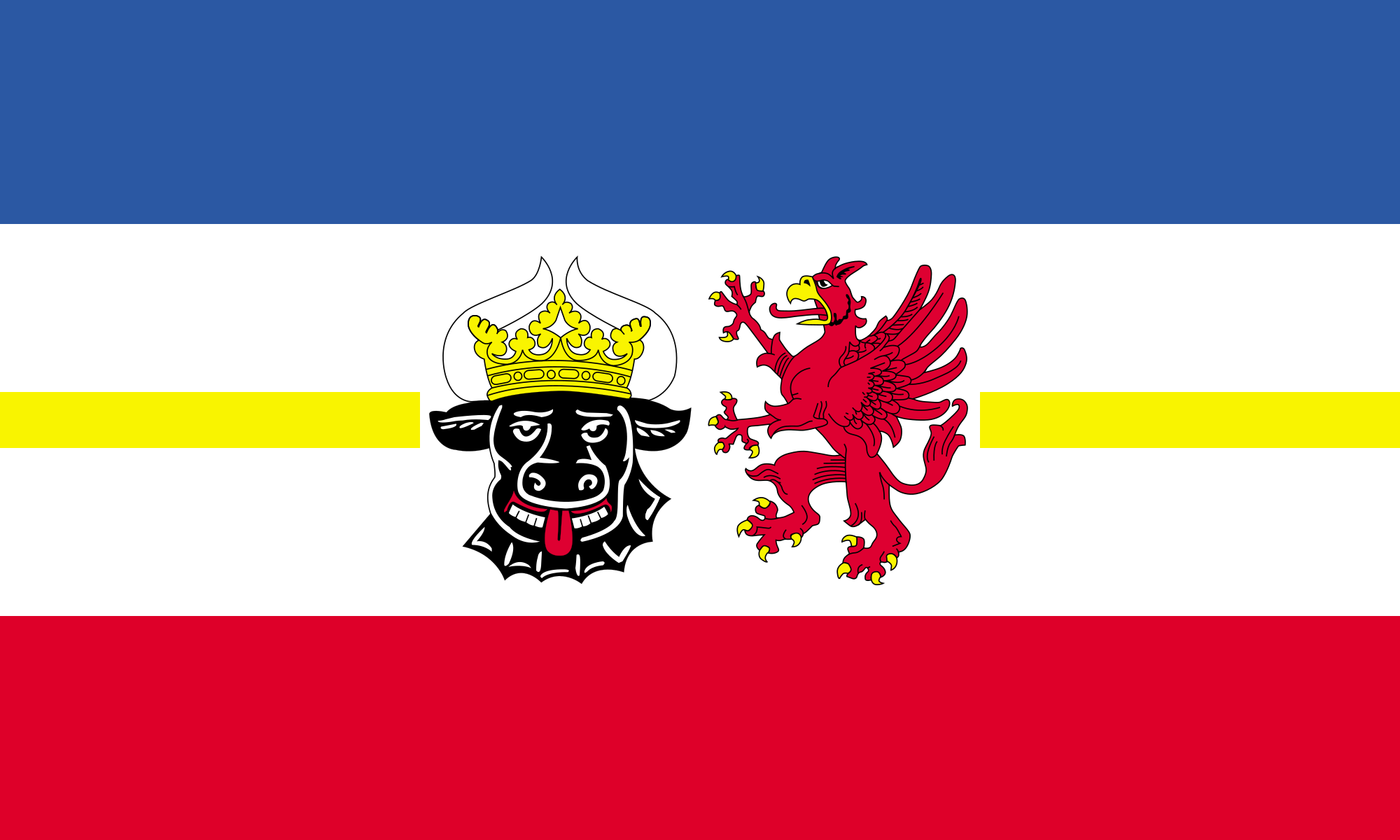
 白俄罗斯
白俄罗斯

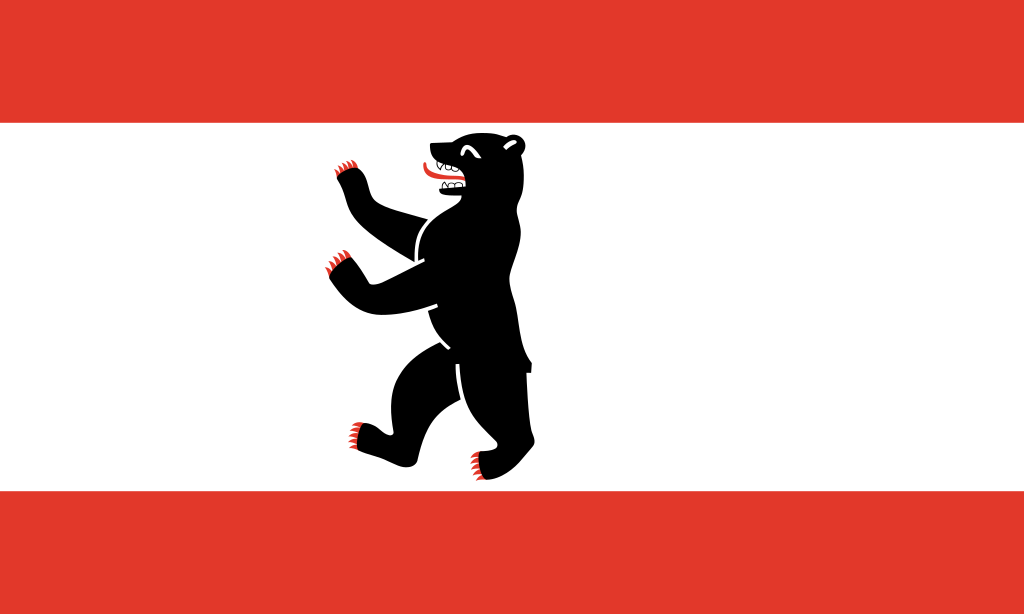 柏林州
柏林州

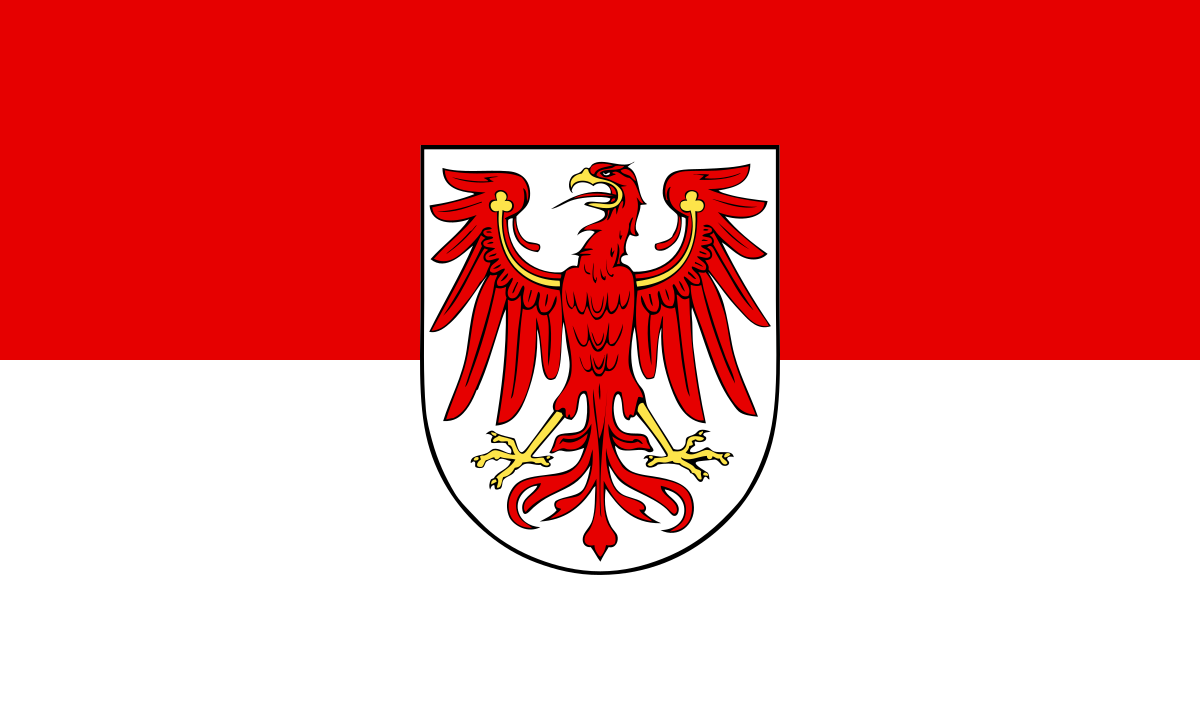 布兰登堡州
布兰登堡州

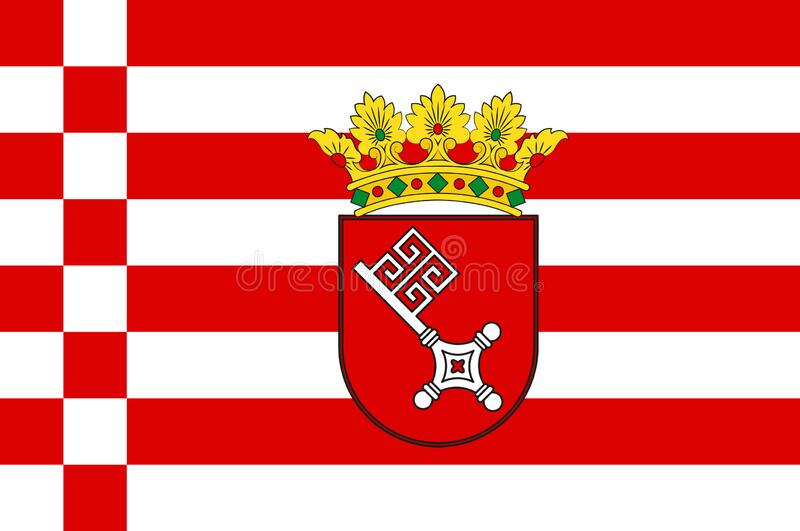 不来梅州
不来梅州
 丹麦
丹麦
 联邦德国
联邦德国
 爱沙尼亚
爱沙尼亚
 芬兰
芬兰
 法国
法国

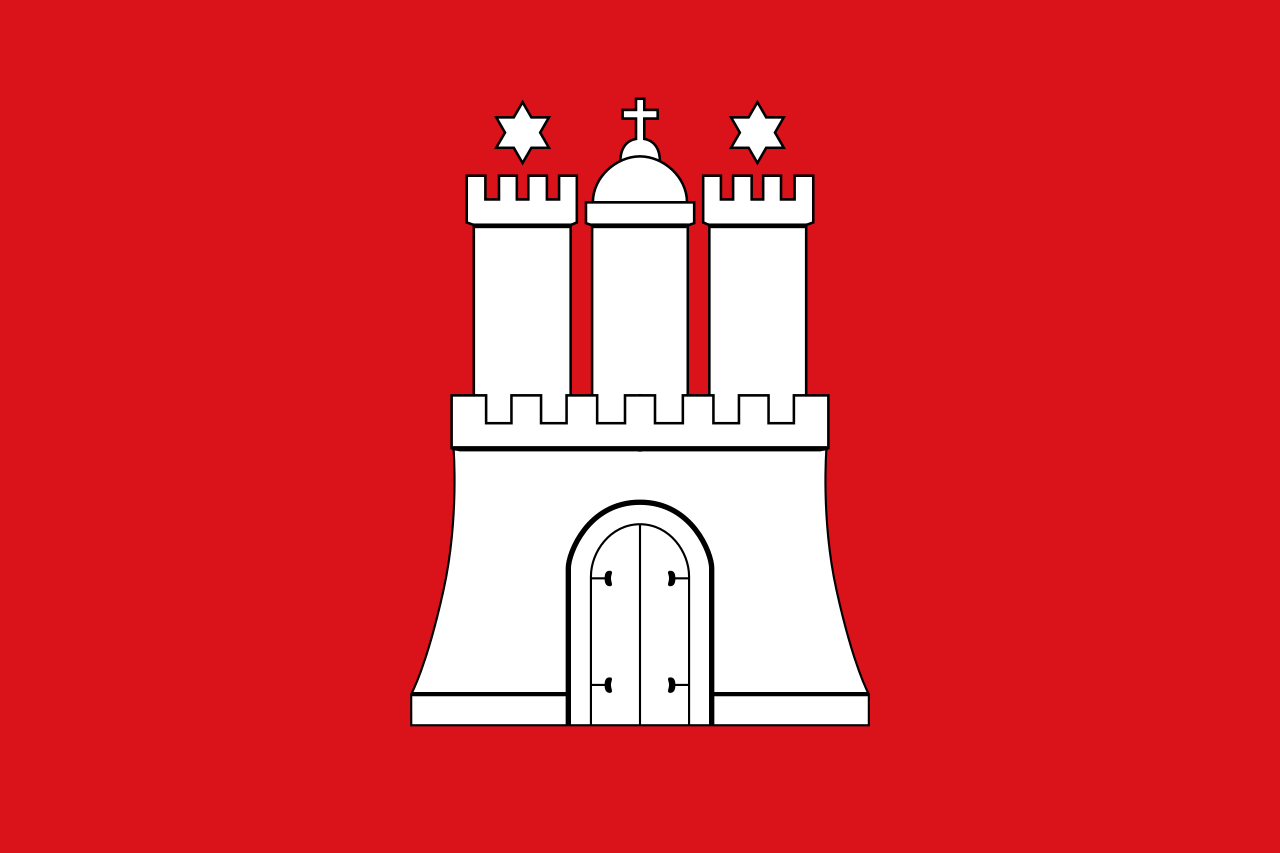 汉堡州
汉堡州
 意大利
意大利
 拉脱维亚
拉脱维亚
 立陶宛
立陶宛

 梅克伦堡-前波莫瑞州
梅克伦堡-前波莫瑞州
 荷兰
荷兰

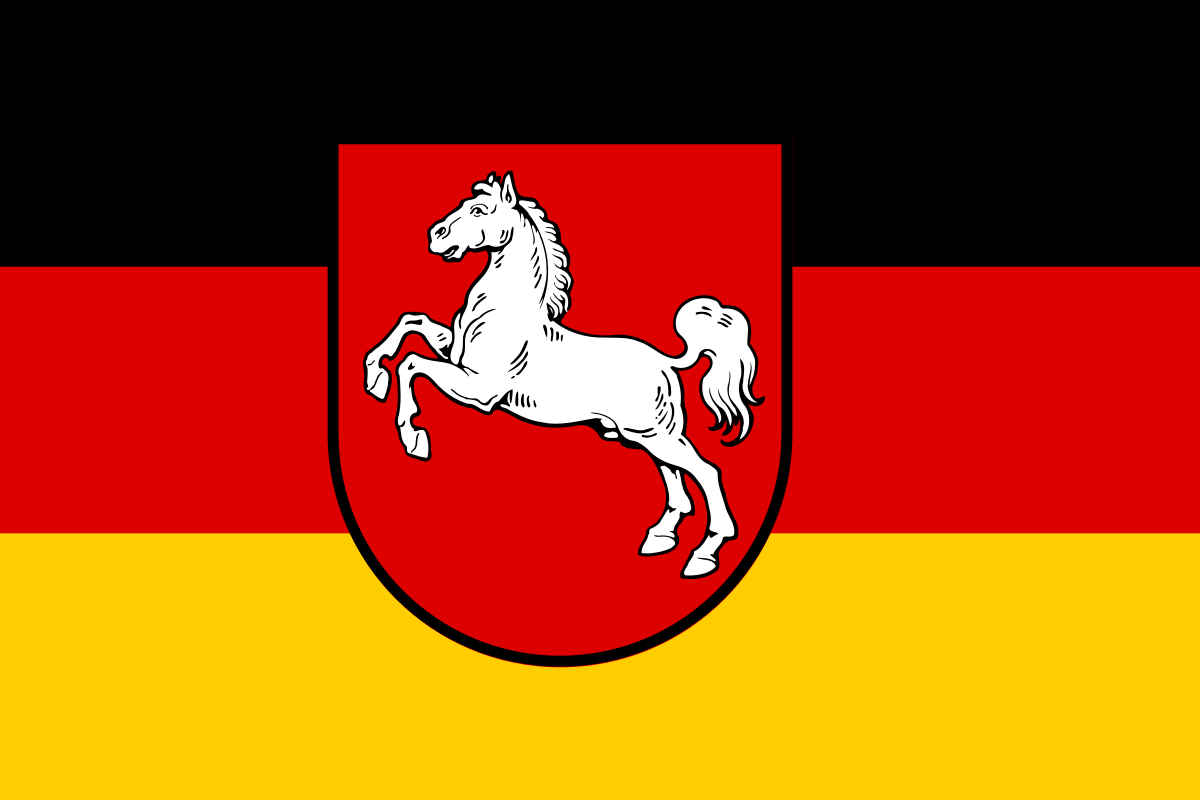 下萨克森州
下萨克森州

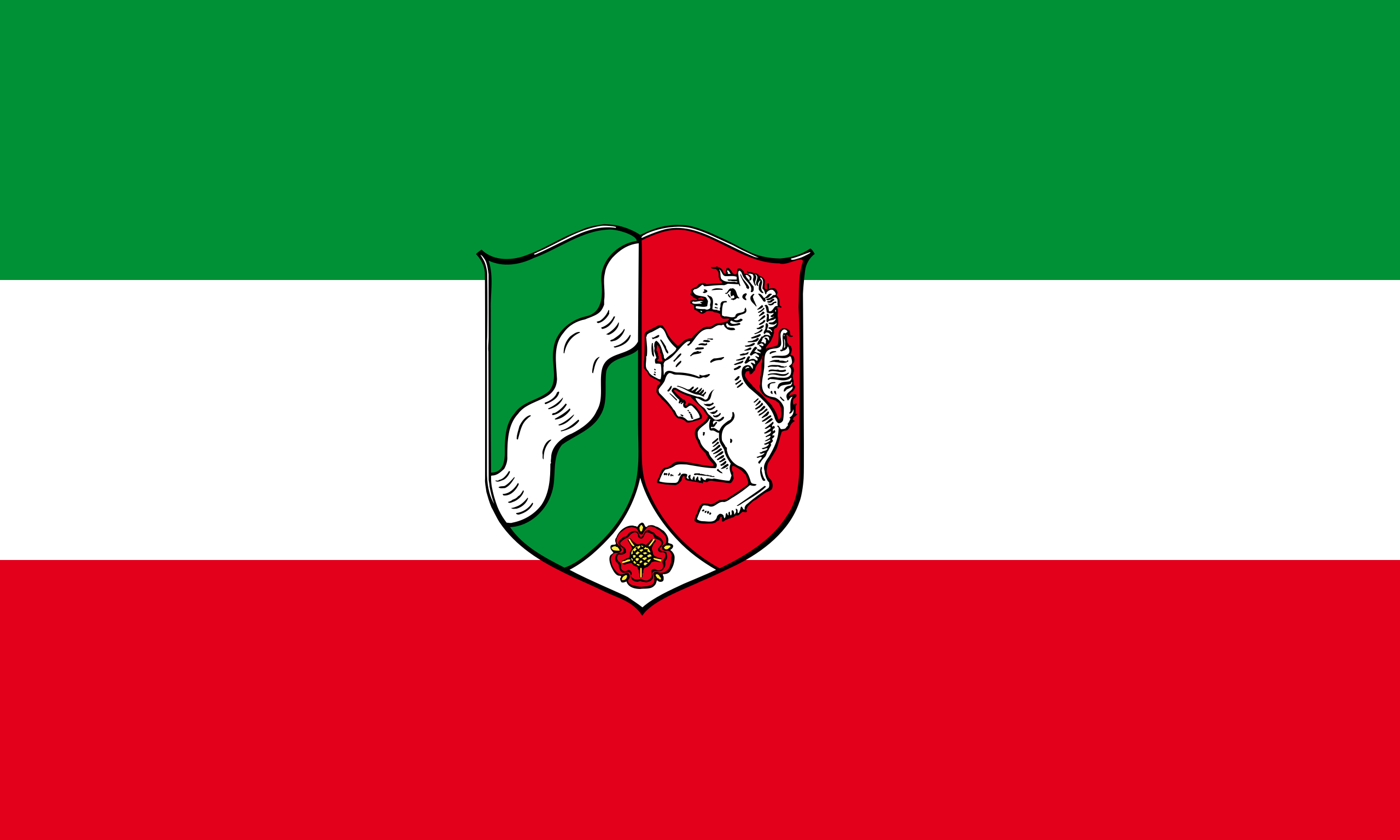 北莱茵-威斯特法伦州
北莱茵-威斯特法伦州
 波兰
波兰
 俄罗斯
俄罗斯

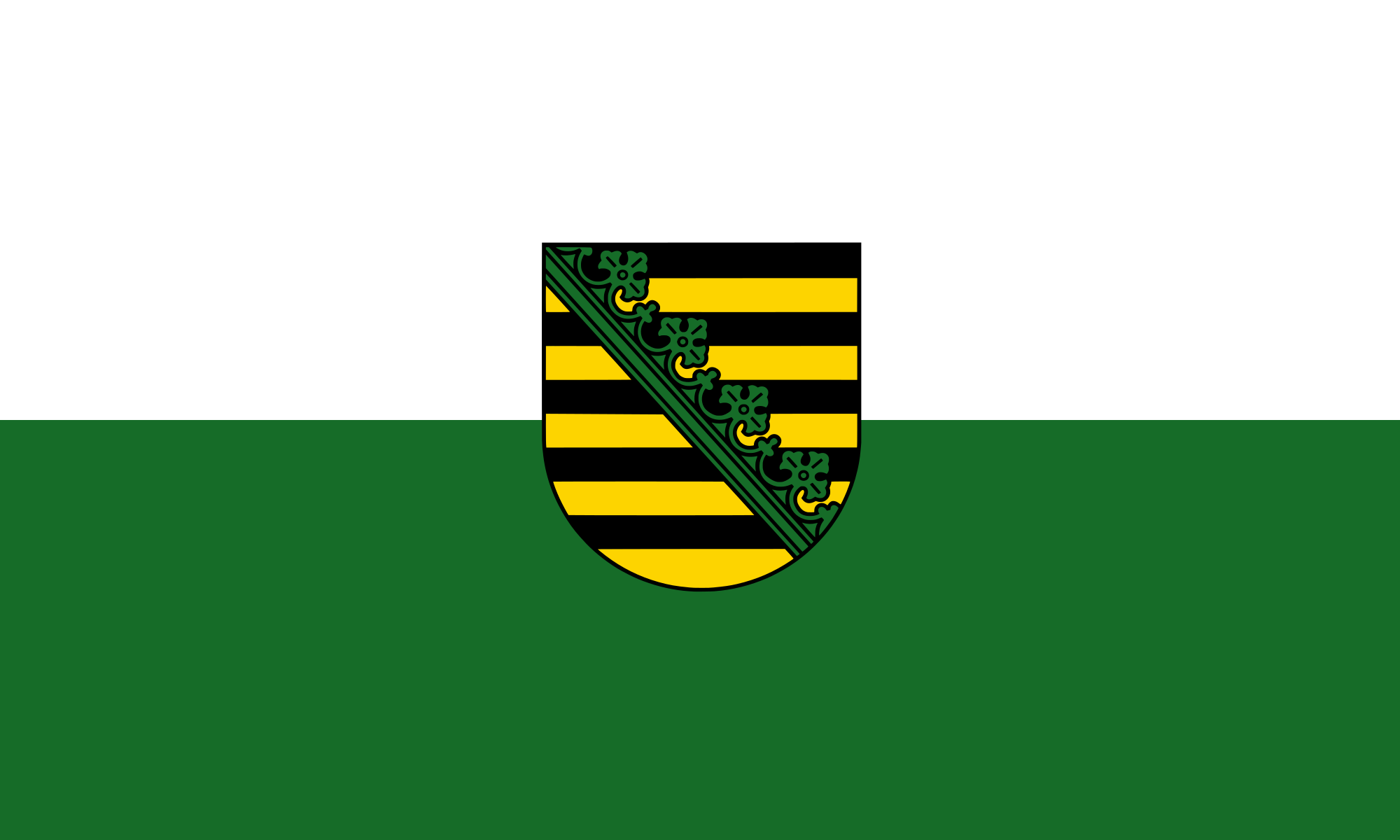 萨克森州
萨克森州

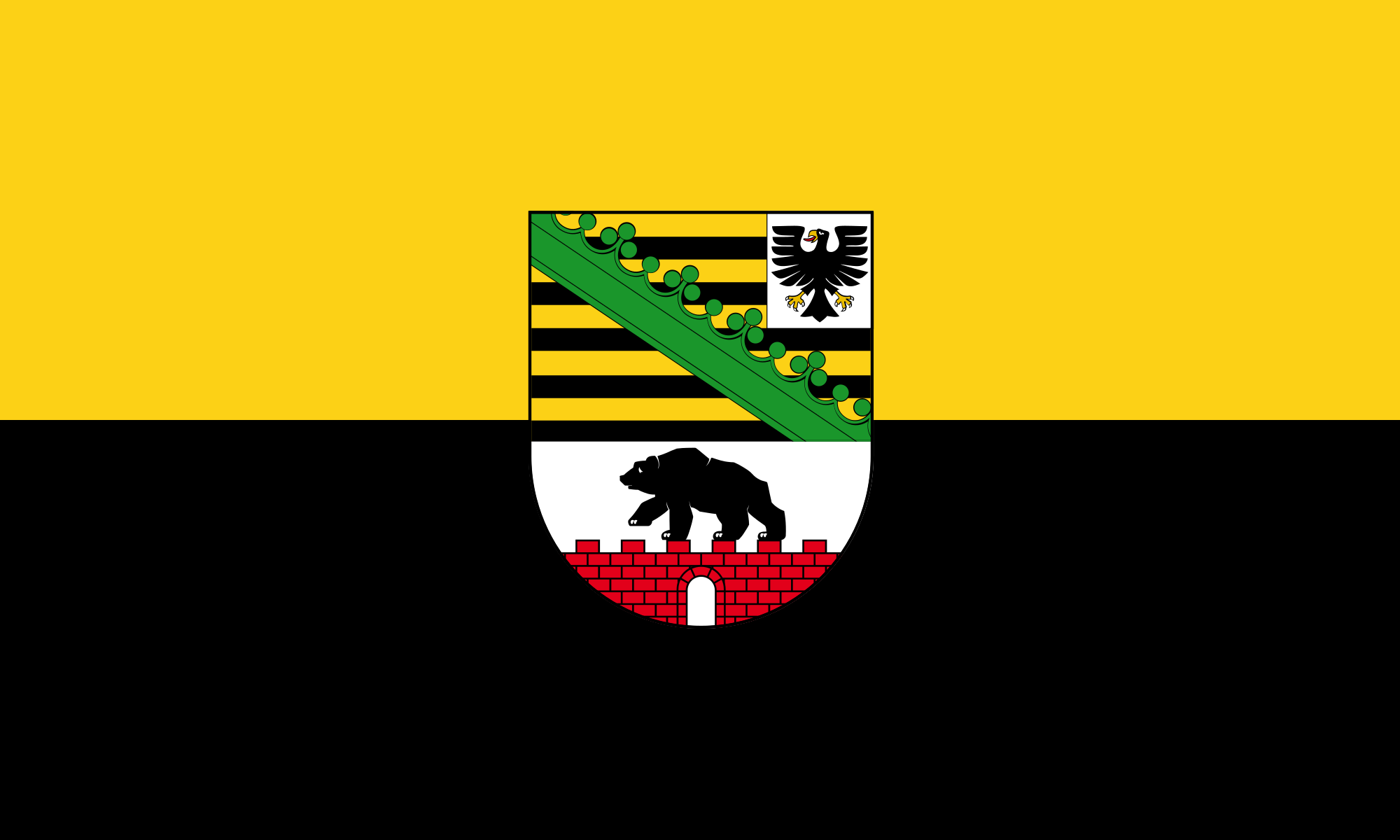 萨克森-安哈特州
萨克森-安哈特州

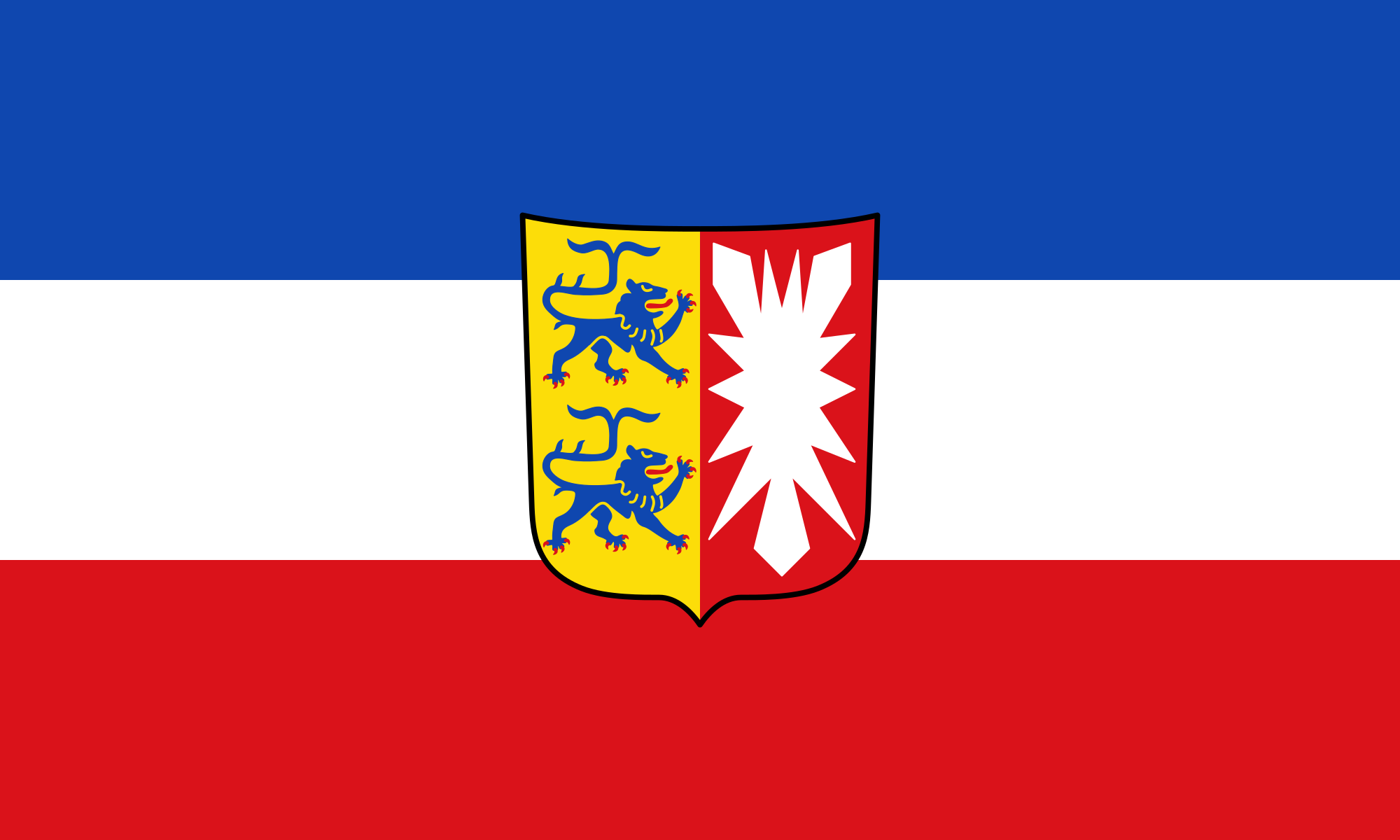 石勒苏益格-荷尔斯泰因州
石勒苏益格-荷尔斯泰因州
 瑞典
瑞典
 瑞士
瑞士
 英国
英国

 文化遗产
文化遗产

Die Backsteingotik (englisch Brick Gothic, polnisch Gotyk ceglany) umfasst gotische Bauwerke, die aus oder mit sichtbarem Backstein errichtet wurden. Sie ist vor allem in Norddeutschland, dem Ostseeraum und den Niederlanden[1] verbreitet. Ihr Verbreitungsgebiet erstreckt sich im Westen bis an die Straße von Dover und im Südosten bis nach Galizien. Der auch oft verwendete Begriff Norddeutsche Backsteingotik erfasst daher nur einen Teil der gesamten Backsteingotik. Gotische Backsteinarchitektur in Italien und Südfrankreich wird in der Regel allein den dortigen Regionalstilen zugerechnet.
Die mittelalterliche Verwendung von Backstein als Baustoff setzte nördlich der Alpen im 12. Jahrhundert ein. Die ältesten Bauten gehören deshalb noch der so genannten Backsteinromanik an. Im 16. Jahrhundert ging die Backsteingotik in die Backsteinrenaissance über. Die geografische Verbreitung des Bauens aus Backstein und mit sichtbarem Backstein unterlag vom Beginn des Hochmittelalters bis in die frühe Neuzeit aber durchaus Veränderungen. So gab es in Teilen des Münsterlandes zwischen Pionierbauten der Romanik und dem starken Backsteineinsatz in Renaissance und Barock eine zeitliche Lücke.
Viele von der Backsteingotik geprägte Altstädte und Einzelbauten wurden in die Liste des UNESCO-Welterbes aufgenommen.
一种特别在德国北海和波罗的海海岸常见的哥特式建筑是用烤砖建造起来的建筑结构.这个十二世纪开始使用那红色的烤砖作为建 筑材料的独特建筑风格之所以在北部德国低地如此普及是因为这块地区缺少天然石而且运输也非常困难,由于那片地区和汉萨盟的一 致性,因此它就成为了汉萨同盟的象征.有些历史悠久的建筑也就成了联合国教科文组织世界文化遗产项目之一。
Brick Gothic (German: Backsteingotik, Polish: Gotyk ceglany, Dutch: Baksteengotiek) is a specific style of Gothic architecture common in Northwest and Central Europe especially in the regions in and around the Baltic Sea, which do not have resources of standing rock, but in many places a lot of glacial boulders. The buildings are essentially built using bricks. Buildings classified as Brick Gothic (using a strict definition of the architectural style based on the geographic location) are found in Belgium (and the very north of France), Netherlands, Germany, Poland, Lithuania, Latvia, Estonia, Kaliningrad (former East Prussia), Sweden and Finland.
As the use of baked red brick arrived in Northwestern and Central Europe in the 12th century, the oldest such buildings are classified as the Brick Romanesque. In the 16th century, Brick Gothic was superseded by Brick Renaissance architecture.
Brick Gothic is characterised by the lack of figural architectural sculpture, widespread in other styles of Gothic architecture. Typical for the Baltic Sea region is the creative subdivision and structuring of walls, using built ornaments and the colour contrast between red bricks, glazed bricks and white lime plaster. Nevertheless, these characteristics are neither omnipresent nor exclusive. Many of the old town centres dominated by Brick Gothic, as well as some individual structures, have been listed as UNESCO World Heritage sites.
The real extent and the real variety of this brick architecture has to be distinguished from the view of late 19th and early 20th century, especially the years around the end of World War I, when it was instrumentalized, politically.
Indeed, about a quarter of medieval Gothic brick architecture is standing in the Netherlands, in Flanders and in French Flanders. Some dominant buildings combinations of brick and stone. But the criterion "no stone at all" looks like a trick to exclude them.[according to whom?] The towers of St Mary church in Lübeck, the very top Brick Gothic church of the Baltic Sea region, have corners of granite ashley. And many village churches in northern Germany and Poland have Brick Gothic design, but most of their walls are formed by boulders.
L'architettura gotica dei paesi baltici è una varietà regionale dell'architettura gotica, in particolare del gotico tedesco. Le aree coinvolte in questa forma di architettura medievale si affacciano sul mar Baltico e sul Mare del Nord e, da un punto di vista politico, comprendevano gli stati settentrionali del Sacro Romano Impero, le città della Lega Anseatica, i possedimenti dell'Ordine Teutonico. Il periodo interessato va dal XIII secolo al XV secolo.
Le caratteristiche distintive sono che si tratta di un'architettura prevalentemente in laterizio e di una rielaborazione originale e per certi aspetti molto distante dall'iniziale gotico francese. I paesi europei attuali che hanno testimonianze di questa architettura sono Germania, Polonia, Lituania, Lettonia, Estonia, e nell'area della storica Prussia Orientale, (Oblast di Kaliningrad Russia); alcune testimonianze sono anche presenti in Scandinavia.
Le gothique de brique (allemand : Backsteingotik) est un style d´architecture gothique du Nord de l´Europe, et plus particulièrement du Nord de l'Allemagne et des régions autour de la mer Baltique. Il s'est surtout répandu dans les villes culturellement allemandes de l'ancienne Ligue Hanséatique à partir du XIIIe siècle, puis bien au-delà par influence (Scandinavie, Flandres, toute la Pologne, Allemagne du Sud). Les bâtiments sont essentiellement constitués de briques et le style de la décoration s'est adapté aux possibilités et aux limites de ce matériaux, conférant à cette architecture une identité bien particulière.
Il existe d'autres styles d'architecture gothique en brique en Europe, plus ou moins indépendants, comme en Italie et dans la région Toulousaine en France. Le style gothique baltique ne comprend pas tout le gothique en brique d'Europe.
El gótico báltico (en alemán, Norddeutsche Backsteingotik), forma la parte mayor del gótico de ladrillos (en alemán: Backsteingotik). Es una variante de la arquitectura gótica y neogótica que apareció en la Europa septentrional. Sin la especificación "Baltico" es estendido del estrecho de Calais a la Galicia de los Cárpatos. Con la especificación "Baltico" esta concentrada en el norte de Alemania y las zonas aledañas al mar Báltico. En todas estas regiones mancan recursos naturales para construir edificios de piedra. Se extendió principalmente en las ciudades culturalmente alemanas de la antigua Liga Hanseática desde el siglo XIII, y luego por influencia (Escandinavia, toda Polonia, el sur de Alemania). Los edificios son esencialmente de ladrillo y el estilo de decoración se ha adaptado a las posibilidades y límites de este material, dando a esta arquitectura una identidad muy particular.
Кирпичная, ганзейская или северогерманская готика — разновидность готического стиля архитектуры, распространённая в Северной Германии, Польше, Белоруссии и Прибалтике в XIII—XVI веках. Красный керамический кирпич как строительный материал стал использоваться в Северной Европе в XII веке, поэтому самые древние кирпичные образцы относятся ещё к так называемой «кирпичной романике». В XVI в. кирпичную готику сменил «кирпичный ренессанс».
Для кирпичной готики характерны, с одной стороны, отсутствие скульптурных украшений, которые невозможно выполнить из кирпича, и, с другой стороны, богатство орнаментальных деталей кладки и структуризация плоскостей за счёт чередования красного либо глазурованного кирпича и известковой побелки стен.
Многие города, внешний облик которых украшают готические сооружения из красного кирпича, являются объектами Всемирного культурного наследия ЮНЕСКО.


Greifswald (niederdeutsch Griepswold) ist die Kreisstadt des Landkreises Vorpommern-Greifswald im Nordosten von Mecklenburg-Vorpommern.[2] Die Universitäts- und Hansestadt liegt an dem in die Ostsee mündenden Fluss Ryck am Greifswalder Bodden zwischen den Inseln Rügen und Usedom.
Am 14. Mai 1250 wurde Greifswald das Lübische Stadtrecht verliehen. Die 1456 gegründete Universität Greifswald mit rund 10.000 Studenten und rund 6000 Beschäftigten ist die nach Rostock zweitälteste Universität im Ostseeraum.
Die Stadt hat 59.282 Einwohner (31. Dezember 2020) und ist damit die viertgrößte Stadt Mecklenburg-Vorpommerns. Zusammen mit Stralsund bildet Greifswald eines der vier Oberzentren des Landes. Die Universitätsstadt ist Mitglied im länderübergreifenden Bund der Euroregion Pomerania.
总人口 5.4万 位于波罗的海之滨,与瑞典、丹麦隔海相望.格赖夫斯瓦尔德恩斯特-莫里茨-阿尔恩特大学(格瓦曾属瑞典,是当时瑞典最古老的大学 )于1456年建校,是德国第四座历史最悠久的大学,世界上最为古老的大学之一,大学创始人为当时该市市长,他本人出任大学第一任校长。现在大学拥有神学、法律、医学、哲学、数学、自然科学等学科,在校学生12000多名.(Quelle:网络论坛,收录时略有改动)
格赖夫斯瓦尔德(德语:Greifswald,德语发音:[ˈɡʁaɪfsvalt]),正式称呼是大学城及汉萨城格赖夫斯瓦尔德(Universitäts- und Hansestadt Greifswald),是德国梅克伦堡-前波美拉尼亚州的市镇,也是前波美拉尼亚-格赖夫斯瓦尔德县的县治,一座大学城和汉莎同盟城市,1720年至1815年为瑞典波美拉尼亚首府。总面积为35.41平方千米,截至2019年9月30日总人口为59,382人。
格赖夫斯瓦尔德距离德国最大的两个城市柏林和汉堡都约为250千米(160英里)。城市北方就是波罗的海,有一条叫做“Ryck”的小河流经。它与施特拉尔松德并为梅克伦堡-前波美拉尼亚州的两大都会。该城市人口约55,000,其中15世纪成立的格赖夫斯瓦尔德大学学生和雇员就占了三分之一,而该城市在国际上也多因此大学而为人所知。
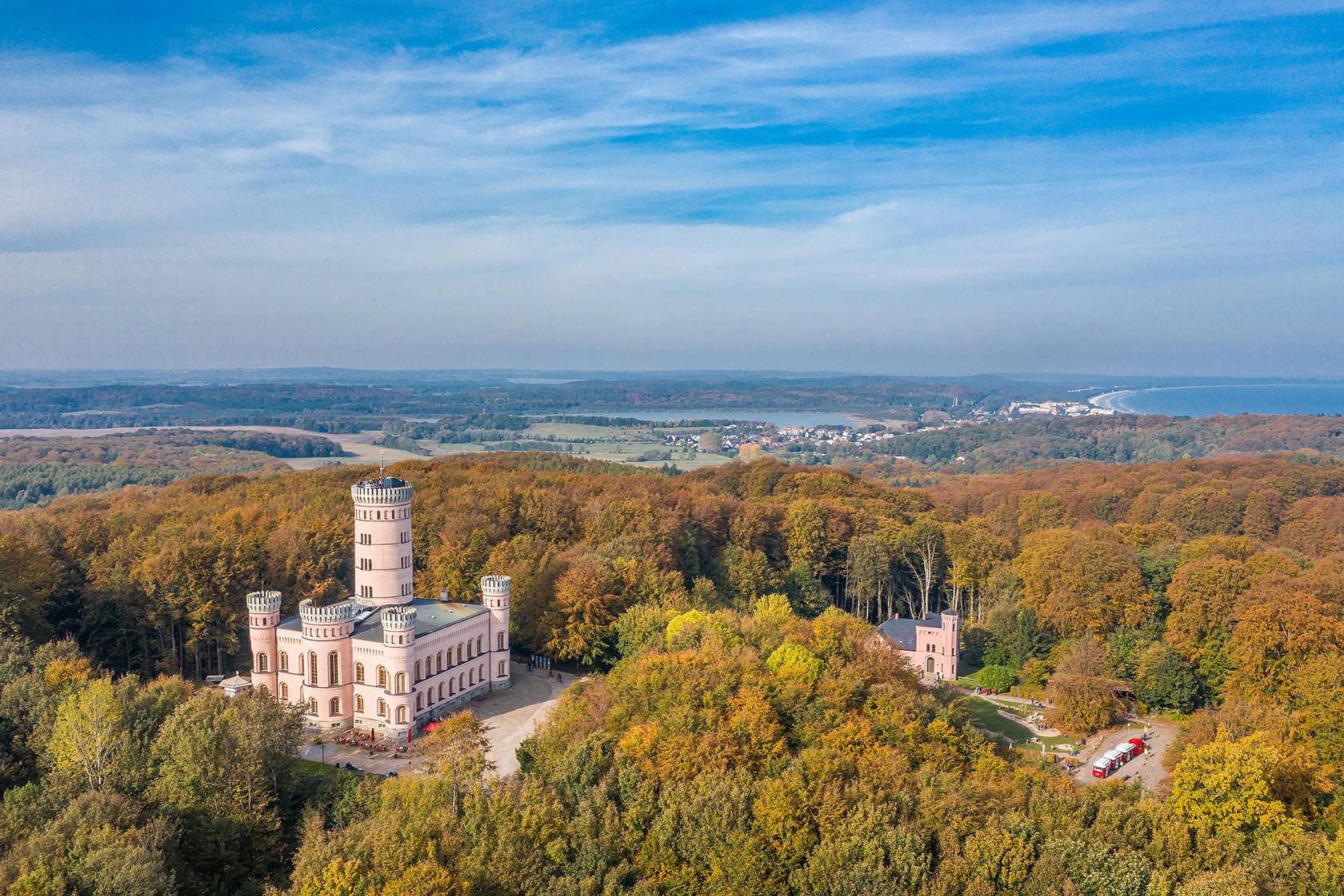
晚期古典主义风格的狩猎宫(Jagdschloss,建于1837-1846/51年)位于宾茨以南的泰姆普贝格(Tempelberg),地处面积为1000公顷的格拉尼兹森林地区(Waldgebiet Granitz)之中,它是由普特布斯(Putbus)的侯爵威廉·玛尔特一世(Wilhelm Malte I)命人按照意大利北部文艺复兴堡垒的风格建造起来的。由卡尔·弗里德里希·申克尔(Karl-Friedrich Schinkel)设计的中塔高38米,游客可以登上塔顶。许多作为博物馆开放的历史性房间让人们对19世纪的王族生活有了更多的了解。站在这座塔楼屋顶上海拔145米高的了望平台上,可以眺望四周风光迷人的全景。(Quelle:http://www.germany-tourism.cn)
Das Jagdschloss Granitz befindet sich auf der Insel Rügen auf einem bewaldeten Berg bei Binz. Mit über 250.000 Besuchern im Jahr ist es das meistbesuchte Schloss in Mecklenburg-Vorpommern.

 建筑艺术
建筑艺术

 表演艺术
表演艺术
 音乐
音乐

 船舶和航海学
船舶和航海学
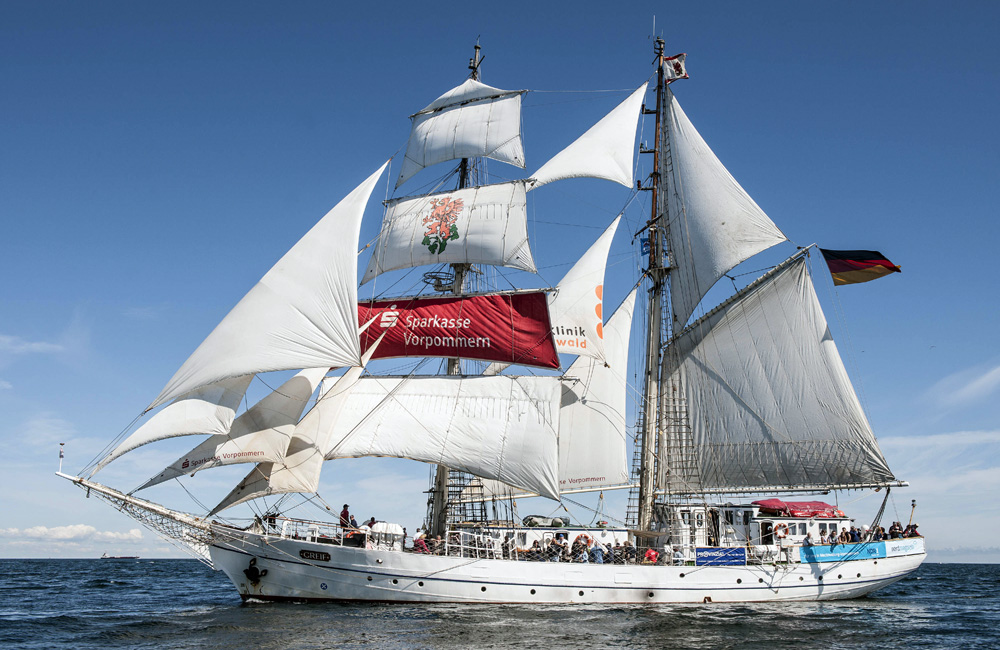
 国际城市
国际城市
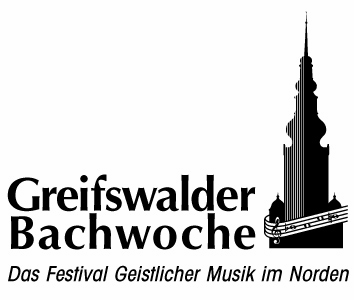
 历史
历史
 欧洲的高等院校
欧洲的高等院校




 地理
地理
